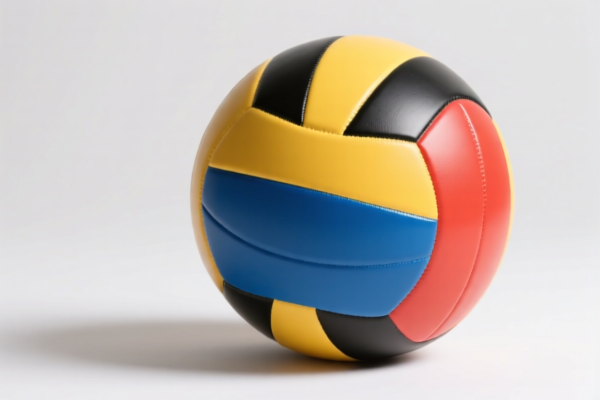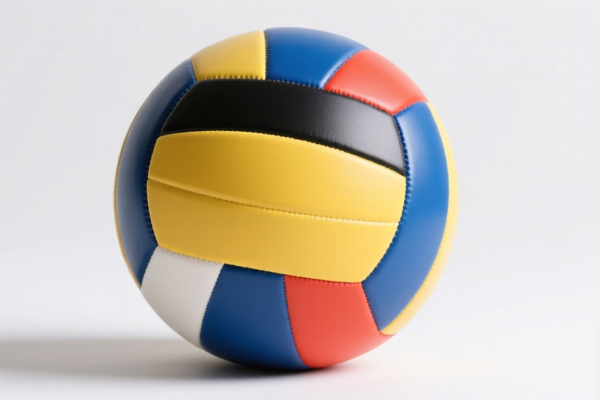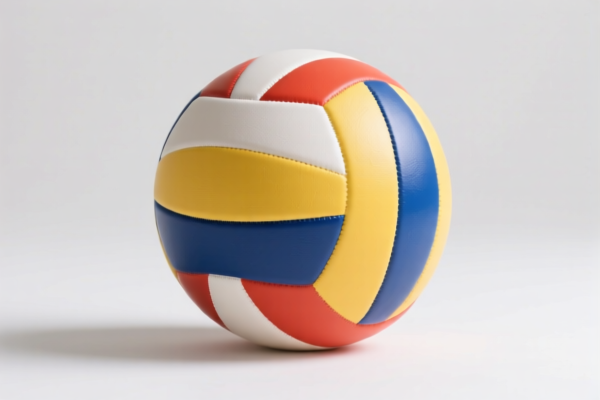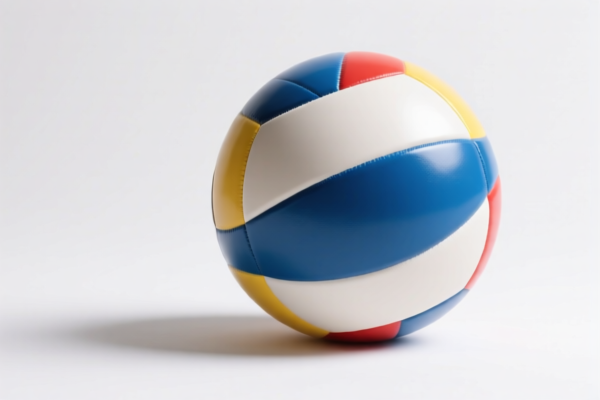| HS Code | Official Doc | Tariff Rate | Origin | Destination | Effective Date |
|---|---|---|---|---|---|
| 9506696020 | Doc | 42.4% | CN | US | 2025-05-12 |
| 9506696010 | Doc | 42.4% | CN | US | 2025-05-12 |
| 4016950000 | Doc | 41.7% | CN | US | 2025-05-12 |
| 4015900050 | Doc | 59.0% | CN | US | 2025-05-12 |
| 3926907500 | Doc | 34.2% | CN | US | 2025-05-12 |
| 3926903000 | Doc | 59.2% | CN | US | 2025-05-12 |
| 6304996040 | Doc | 33.2% | CN | US | 2025-05-12 |
| 6307908500 | Doc | 35.8% | CN | US | 2025-05-12 |
| 6307907500 | Doc | 34.3% | CN | US | 2025-05-12 |




Fitness Ball
A fitness ball, also known as a Swiss ball, stability ball, exercise ball, or balance ball, is a large, inflatable ball commonly used in exercise, physical therapy, and as a seating option.
Material
Fitness balls are typically made of a durable, flexible polymer, most commonly PVC (polyvinyl chloride) or rubber. Rubber balls generally offer greater durability and resistance to punctures, while PVC balls are often more affordable. Higher-quality balls may be latex-free. The surface is often textured to provide a better grip.
Purpose & Function
The primary purpose of a fitness ball is to challenge stability and balance. Unlike traditional exercise equipment that isolates specific muscle groups, the ball requires continuous engagement of core muscles to maintain proper form during exercises. This leads to improved:
- Core Strength: The unstable surface forces the core muscles (abdominal, back, and pelvic floor) to work constantly.
- Balance & Coordination: Exercises on the ball enhance proprioception (awareness of body position) and improve overall balance.
- Posture: Using a fitness ball as a chair can encourage better spinal alignment and posture.
- Flexibility: Stretching exercises performed with the ball can increase range of motion.
- Rehabilitation: Used extensively in physical therapy for post-injury recovery and to improve muscle strength and coordination.
Usage Scenarios
- Exercise: A wide variety of exercises can be performed with a fitness ball, including crunches, back extensions, squats, push-ups, and planks. It's used in Pilates, yoga, and general fitness routines.
- Seating: As an alternative to a traditional chair, promoting active sitting and potentially reducing back pain.
- Pregnancy & Childbirth: Used for prenatal exercises, labor, and postpartum recovery.
- Physical Therapy: Rehabilitation programs following injury or surgery.
- Children’s Activities: Used for playful activities and developing balance and coordination in children (under supervision).
Common Types & Sizes
Fitness balls are available in a range of sizes, determined by the user's height and intended use.
- 55cm (22 inch): Suitable for individuals 5'0" - 5'6" (152 - 168 cm). Often used for general fitness and rehabilitation.
- 65cm (26 inch): Suitable for individuals 5'6" - 6'0" (168 - 183 cm). A common size for most adults.
- 75cm (30 inch): Suitable for individuals 6'0" - 6'7" (183 - 203 cm). Suitable for taller individuals.
- 85cm (34 inch): Suitable for individuals over 6'7" (203 cm).
Specialty balls also exist:
- Mini balls (35-55cm): Used for targeted core work and rehabilitation.
- Bosu ball: A half-ball with a flat platform, providing a different type of stability challenge.
- Weighted balls: Contain weight for increased resistance during exercises.
Fitness balls can be categorized under several HS codes based on their material and specific use, as detailed below:
- 9506696020: This code covers “Articles and equipment for general physical exercise, gymnastics, athletics, other sports (including table-tennis) or outdoor games, not specified or included elsewhere in this chapter; swimming pools and wading pools; parts and accessories thereof: Balls, other than golf balls and table-tennis balls: Other: Other”. This is a broad category for sports balls not specifically listed elsewhere. The applicable tax rate is a base tariff of 4.9%, an additional tariff of 7.5%, and a tariff of 30.0% after April 2, 2025, resulting in a total tariff of 42.4%.
- 4016950000: This code refers to “Other articles of vulcanized rubber other than hard rubber: Other: Other inflatable articles”. If the fitness ball is made of vulcanized rubber, this code may be applicable. The tax rate structure is a base tariff of 4.2%, an additional tariff of 7.5%, and a tariff of 30.0% after April 2, 2025, totaling 41.7%.
- 3926907500: This code covers “Other articles of plastics and articles of other materials of headings 3901 to 3914: Other: Pneumatic mattresses and other inflatable articles, not elsewhere specified or included”. If the fitness ball is made of plastic and not specifically categorized elsewhere, this code could apply. The tax rate is a base tariff of 4.2%, no additional tariff, and a tariff of 30.0% after April 2, 2025, resulting in a total tariff of 34.2%.
It is important to verify the material composition of the fitness ball to determine the most accurate HS code.
Customer Reviews
No reviews yet.